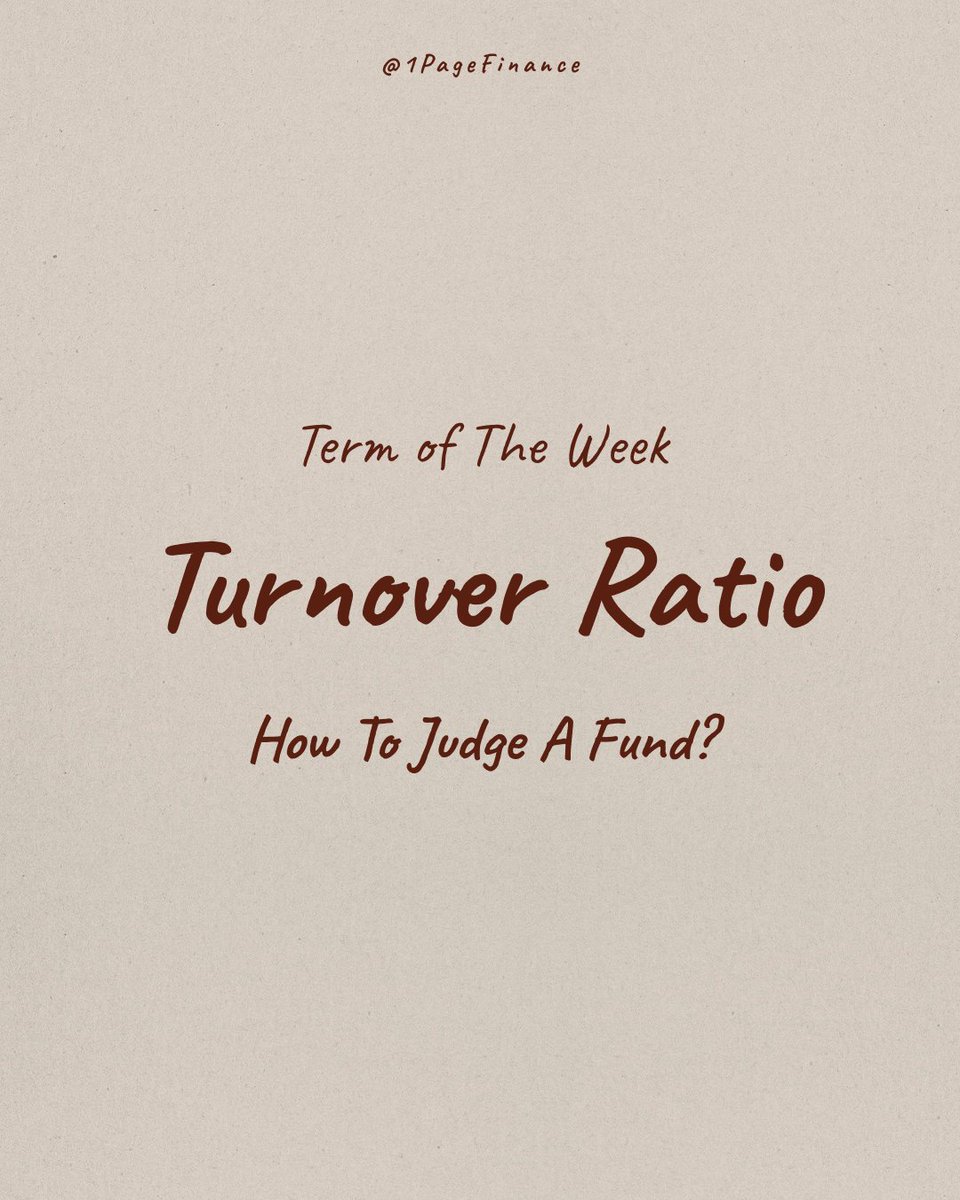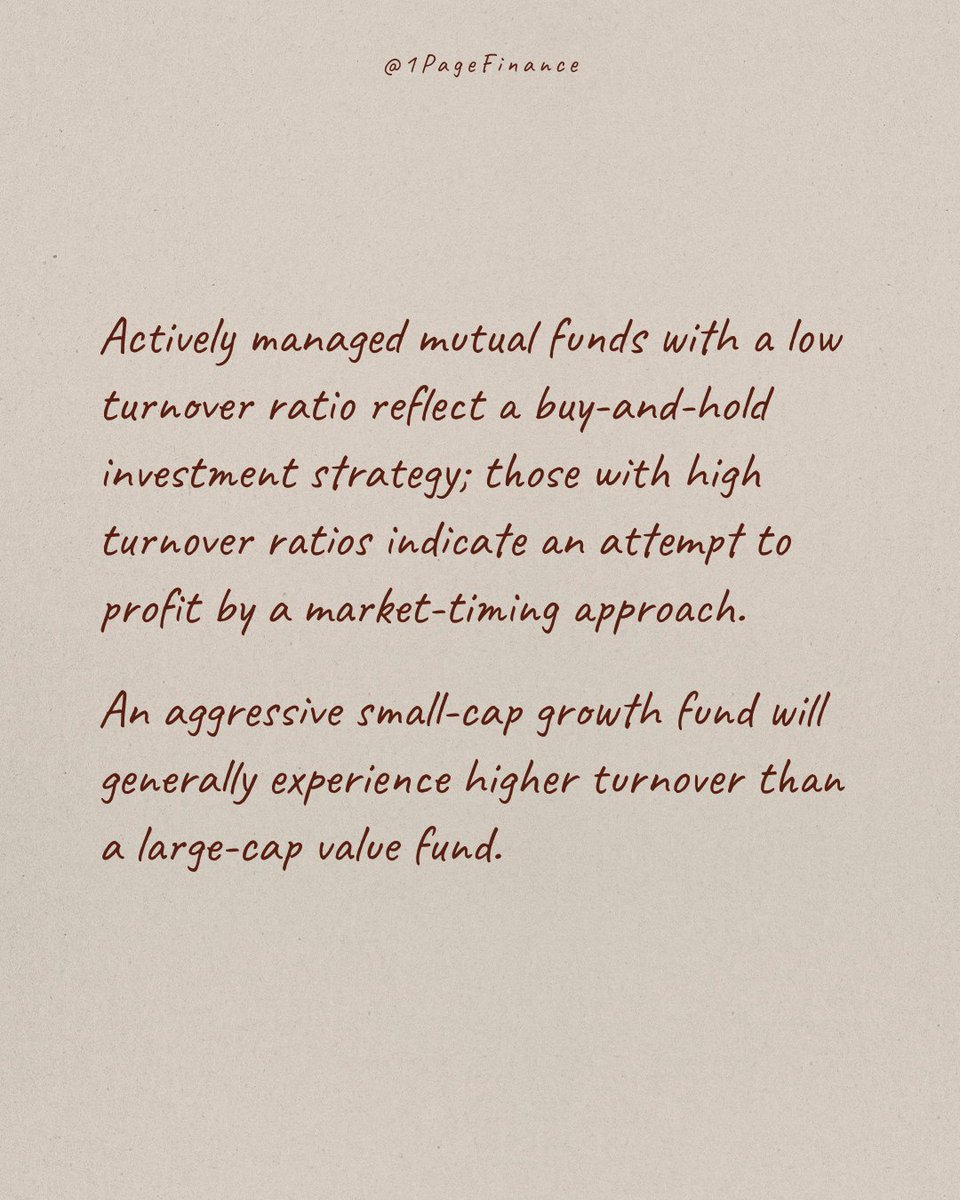
William Sharpe's "Zero Sum" explained using simple analogy of Mumbai local trains...
A thread by @samdesai62
#ETF #IndexFund #PassiveInvesting
A thread by @samdesai62
#ETF #IndexFund #PassiveInvesting

• In a densly crowded peak hour, many commuters rush to catch window seats....
• Window seats are limited in number...
• Window seats are limited in number...
• ...the few who managed to catch window seats on a particular day, therefore generated "alpha", they outperformed, i.e.,"all other railway commuters" ( the aggregate market )
• ...as a result those hanging outside in the doorway or standing in the passage are "underperformers". ( Zero sum train journey
• ..."Index average" is that commuter who got a seat close to the window seat...
• ...Out & underperformers in the "zero sum" train journey change often, there is no guarantee that someone who caught a window seat today will consistently do it in the future too !
• ...Window seat catchers ( or alpha commuters ) simply took more risk, it wasn't really skill....
• ...the "index average" commuter did not take excess risk & at the same time did not underperform...
• ..."Index average" commuter will reach the destination in a risk adjusted fashion.
Think of investments as a train journey, let the journey be undertaken in a risk adjusted fashion !
#ETF #IndexFund #PassiveInvesting
#ETF #IndexFund #PassiveInvesting
• • •
Missing some Tweet in this thread? You can try to
force a refresh

















